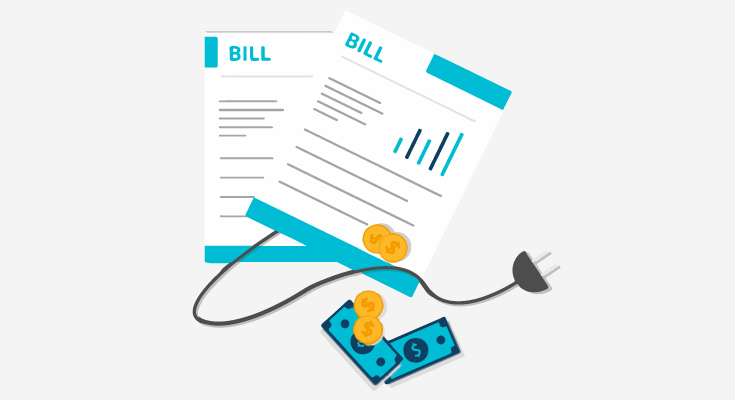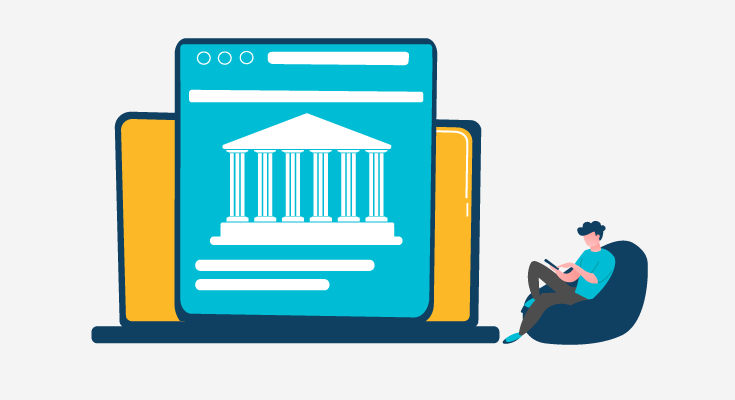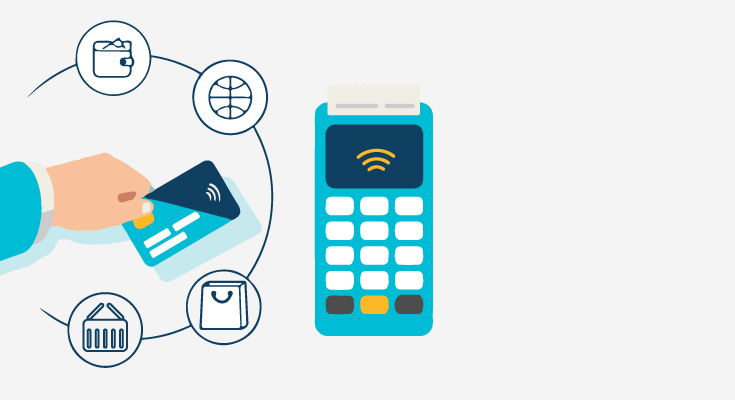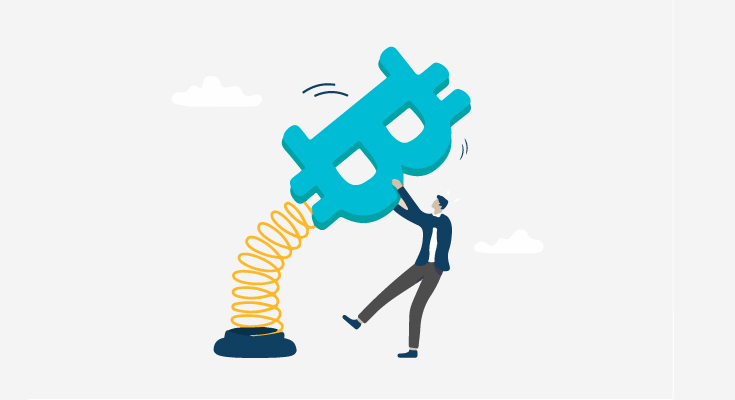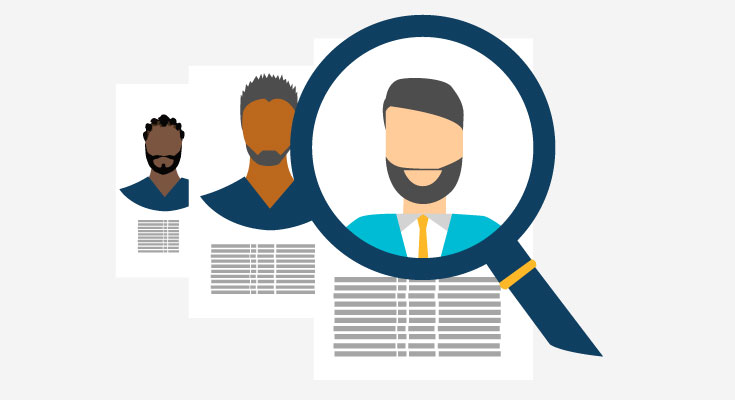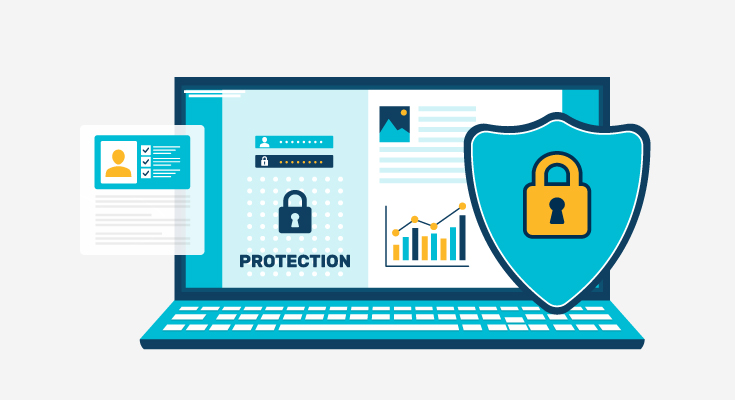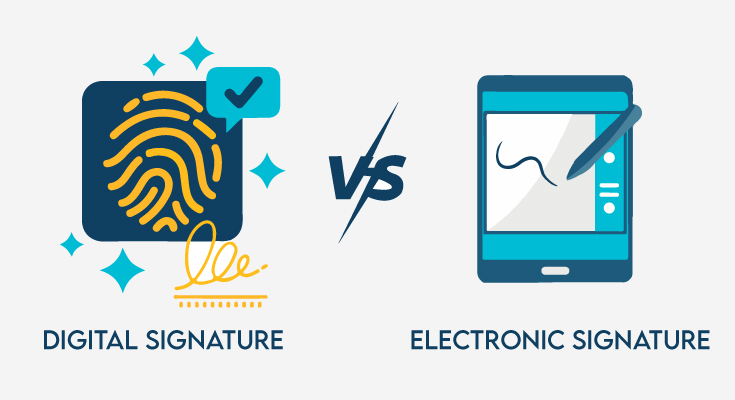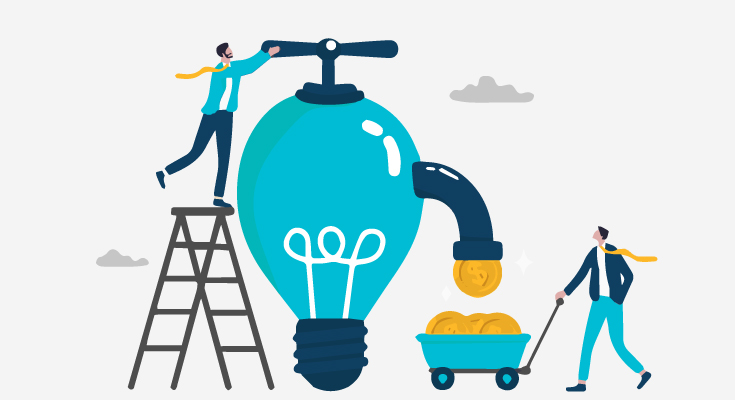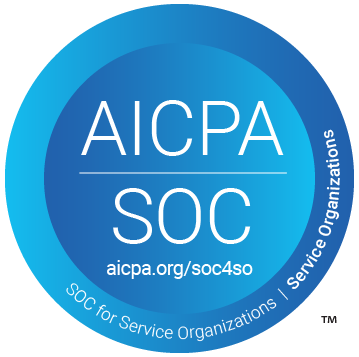Businesses should never undermine the importance of utility bill verification. Electricity bill verification is the first and foremost step in an exhaustive identity verification process, especially for companies dealing with financial data. The threat of identity theft is ever prevalent in the industry, and the only way to keep customers and businesses safe is with the verification of customer documents. Utility bill verification is directly related to identity verification and it should be handled with utmost care.
Businesses of today now have to comply with tons of rules that ensure safety and security for all. When businesses comply with these rules, they prevent fraudsters’ access to a firm’s internal systems. To make sure customers are who they claim to be, a valid ID and address proof are needed. Electricity or water bill verification can easily fulfill the demand for proof of address verification.
Importance of Electricity Bill Verification
Verifying electricity bills can be a crucial step in verifying the address of the users during digital onboarding. Businesses that onboard customers online or from multiple locations across the globe can speed up onboarding, prevent the risk of fraud, and provide a seamless customer experience all at the same time. Apart from that, online electricity bill verification also helps businesses comply with KYC, AML, and local regulations.
Top Electricity Bill Verification Services
Businesses of different types tend to need different solutions for utility bill verification based on their requirements. Here’s a breakdown of the top electricity bill verification services:
DIRO
For utility bill verification, DIRO does a superb job by verifying documents through direct source access, which is its main differentiator. As user-uploaded documents can be tampered with and cannot be trusted, DIRO doesn’t rely on these documents for verification.
The online utility bill verification solution connects directly to the original source (such as a utility provider’s portal) in real time to pull the utility bill data.
This provides a bank-grade, tamper-proof verification process. The output is a verifiable credential with a forensic audit trail, which makes it highly trusted by banks, fintechs, and government institutions. DIRO’s approach ensures documents are not manipulated or photoshopped, making it ideal for high-risk environments like anti-money laundering (AML) and cross-border identity validation. It also supports over 9,000+ sources globally, including utility providers.
AuthBridge
AuthBridge is one of India’s leading background verification companies and offers a wide suite of KYC services, including utility bill verification as a part of address verification. Unlike DIRO, AuthBridge typically relies on user-uploaded documents, which are then verified using AI and manual checks.
They extract data using OCR and cross-reference it with their internal or partner databases to verify authenticity. For Indian utilities like electricity or gas bills, they may also tap into APIs or use manual backend verification. While not as real-time or tamper-proof as DIRO, AuthBridge is cost-effective and scalable for large-volume KYC processes, especially for B2C applications like e-commerce, HR, or gig platforms.
iDenfy
iDenfy is a Lithuania-based identity verification platform that offers global document and address verification, including utility bill verification. Its core strength lies in combining AI-driven OCR with manual human review. For utility bill verification, users upload a bill, and iDenfy’s system extracts key information like name, address, date, and provider.
The platform then matches this data with the ID document or other sources provided during onboarding. While it doesn’t pull documents directly from utility providers like DIRO, iDenfy enhances security with fraud detection layers, liveness checks, and compliance scoring. It’s a good fit for European and global fintechs looking for a GDPR-compliant KYC solution with flexible integration.
How Electricity Bill Verification Works
Electricity bill verification can be done in multiple ways, some of the most common ways include:
API-based Verification
This method involves integrating directly with utility providers through APIs. The verification system sends a request to the utility database using the user’s input (like account number or mobile number linked to the bill), and the system fetches the user’s current billing details, such as:
- Name on the bill
- Billing address
- Latest bill amount or due date
- Service provider authentication
Data Extraction & Validation (OCR + AI)
Here, users upload a copy of their electricity bill, and the system uses OCR (Optical Character Recognition) to extract data fields like:
- Name
- Address
- Bill date
- Meter or customer number
The extracted data is then validated against the user’s submitted ID or a third-party database.
DIRO – Source-Based Verification
DIRO takes a unique and more secure approach by accessing the utility provider’s web portal in real-time to fetch the electricity bill directly from the source. This means:
- No user-uploaded documents
- Zero chance of document tampering
- Generates a verifiable credential with a forensic-level audit trail
This method mimics a human manually logging in to a utility account, but it’s automated and auditable — ideal for compliance-heavy industries like banking, insurance, or international KYC.
Benefits of Using Electricity Bill Verification
Digital electricity bill verification can significantly enhance customer lifecycle, business-customer relationships, and how businesses tackle fraud. Businesses can comply with local regulations, improve customer experiences during onboarding, improve customer relationships, and much more.
1. Speed and Efficiency in Verification
Electricity bill verification can significantly reduce the time it takes to verify a customer’s identity or address. Whether it’s API-based or through advanced OCR tools, automation replaces slow, manual processes.
What used to take hours or even days, like cross-checking documents, confirming addresses, or making phone calls, can now be done in real-time or within minutes. This kind of speed is especially useful during onboarding or when re-verifying users for compliance checks.
2. Reduction in Manual Errors and Fraud Risks
Manual data entry is prone to mistakes, typos, mismatched addresses, and outdated bills, which can lead to customer drop-offs or even regulatory issues. With automation and source-based methods like DIRO, you eliminate human error and get tamper-proof results.
Real-time verification from the actual utility provider means you’re not relying on potentially fake or doctored PDFs. This reduces identity fraud risk and helps companies stay compliant with KYC, AML, and other regulatory frameworks.
3. Improved Customer Onboarding Experience
The less friction there is in your onboarding flow, the higher your conversion rates. Asking users to scan, crop, and upload utility bills manually is outdated and frustrating.
Modern verification tools simplify the process either by fetching bills directly from utility portals or verifying uploads instantly with AI. For customers, it feels more like a quick form and less like paperwork. For businesses, it means fewer drop-offs and more completed sign-ups.
Facilitating Identity Verification Through Utility Bills
Even in developed countries, knowledge about handling financial information easily is scarce. Many people living in rural areas don’t have access to important financial institutions such as banks and FinTech services.
Before a customer signs up with a bank or a financial institution, they need to perform a series of checks. Formally, these checks are known as Know Your Customer Verification (KYC). As most people don’t have access to the right set of documents, they end up being rejected by the banks. Most banks and financial institutions ask for two documents before onboarding a customer:
- Government-issued ID document
- Proof of address document
There are rare cases where businesses require additional documents to verify a customer’s identity. In those cases, the business has its own set of rules and regulations that a customer needs to follow.
In most cases, banks need only two documents, and in 80% of areas, utility bill verification is the most logical step for proof of address verification. Electricity bill authentication does so much more than provide access to a customer’s address data, it also helps businesses in understanding a customer’s paying habits and behaviors. As most people have access to an electricity bill, it’s the most convenient way to verify their address proof. This is why more businesses should focus on verifying their electricity bills.
Besides, businesses can use electricity bills to prevent risks, and it also helps in strengthening relationships with customers. This shows customers that a company cares about providing a certain degree of security for the customer’s personal information. With increasing pressure and complicated compliance from regulatory bodies, businesses need to build compliance solutions that are as secure as possible. Online electricity bill verification provides essential help for businesses and customers.
Methodology for Electricity Bill Verification
While using electricity bills for verifying a customer’s residency sounds easy, it requires a lot of effort. Instead of relying on manual resources for the verification of customer data, businesses should choose technologies. DIRO electricity bill verification API can enhance your verification process. Here are some of the basic things that a business can verify using an electricity bill.
1. Identity Verification
An electricity bill can also be used to prove a person’s identity as it mentions their legal name. So, businesses of every type can be sure that the customers are who they claim to be, and not someone who stole ID documents.
2. Residential Address
An electricity bill is the best way to verify a customer’s address data. A utility bill is a primary source of verifying a customer’s residency. Businesses can use utility bill verification to gain insights about the customer and prevent fraudsters from accessing a business’s services. Plus, in case of fraud, businesses can track down the fraudster and safeguard themselves from any penalties by showing the needed data.
3. Payment History and Habits
Another benefit of using an electricity bill for customer verification is to gather a customer’s attitude towards their payments and habits. If a customer has tons of due utility bill payments, it shows that the customer doesn’t handle their finances well. So, businesses, especially those offering loans and credit cards, should use utility bill verification.
